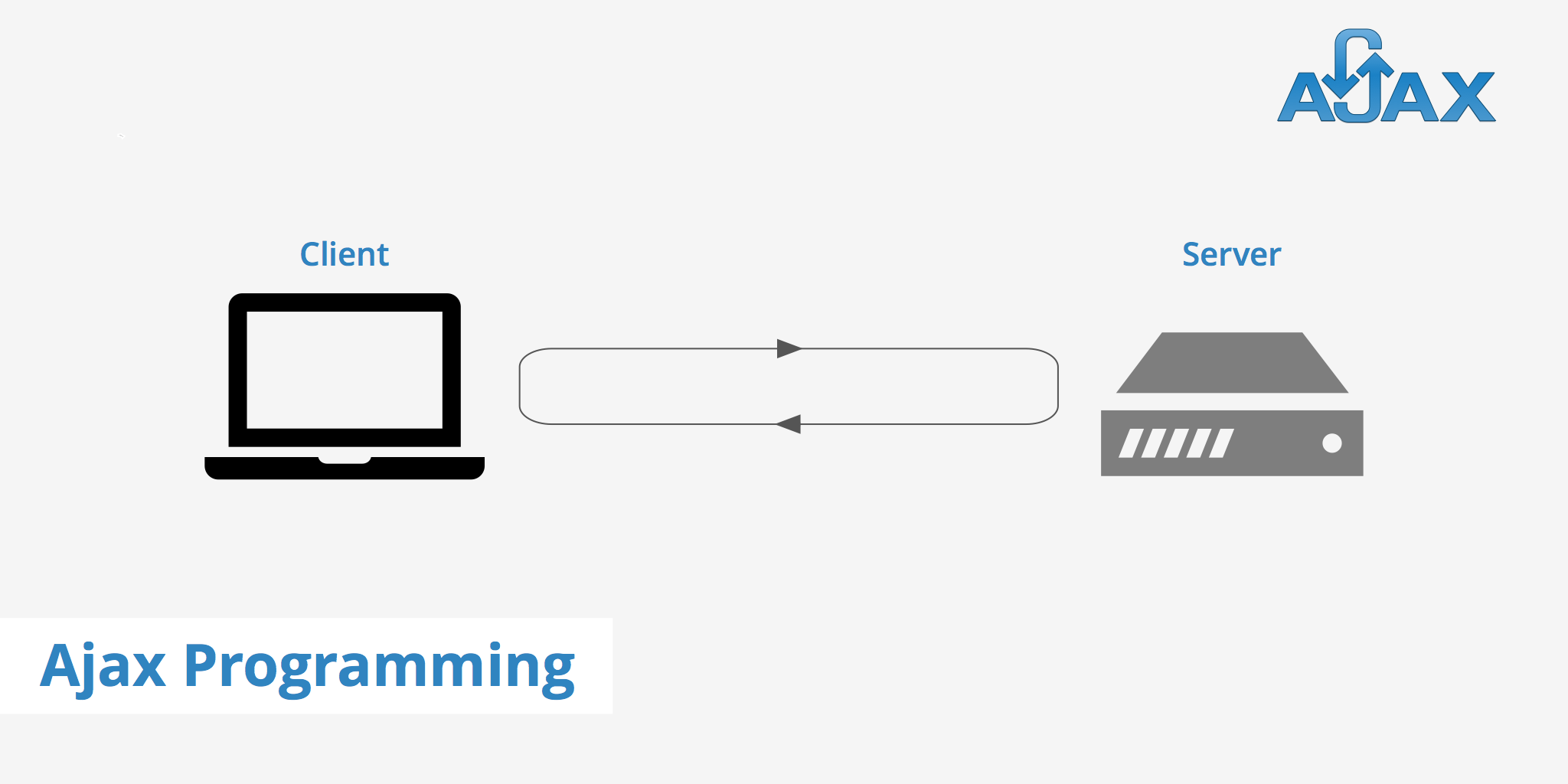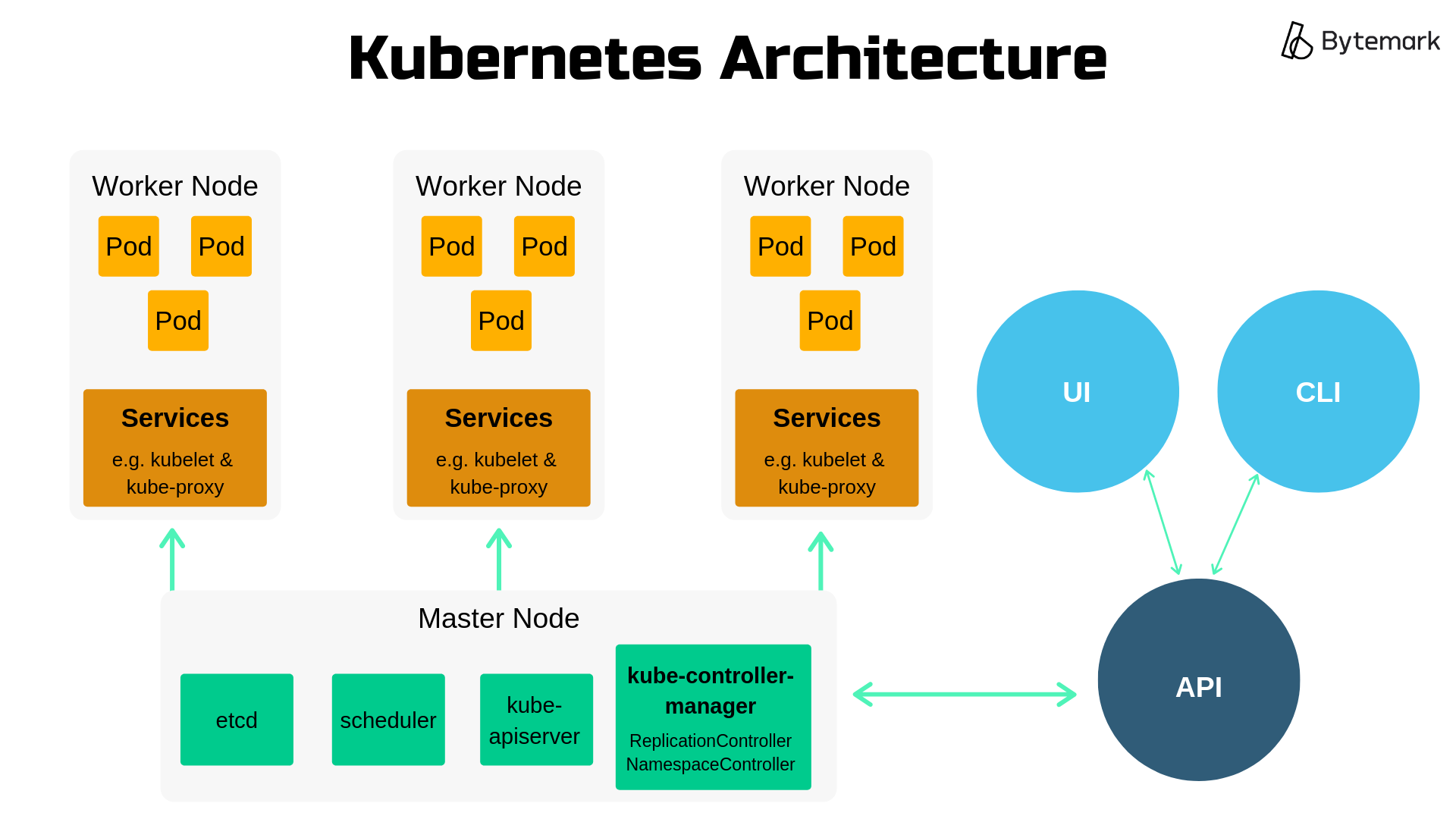PHP and AJAX are commonly used technologies for creating dynamic web applications. While they have different purposes, they can work seamlessly together to deliver engaging user experiences. This article explores how AJAX and PHP complement each other and provides best practices for their integration.
Fetching Data from the Server
AJAX enables asynchronous communication between the client-side JavaScript and the server without reloading the page. It allows refreshing parts of a page by retrieving latest data from the server in the background. To retrieve data via AJAX, a request needs to be sent to a URL on the web server. PHP scripts are well-suited to handle these AJAX requests by querying databases or files and returning the result, typically in JSON or XML format. The JavaScript code can then dynamically update the page content without reloading.

Dynamic Page Creation
PHP is a server-side scripting language that is widely used for dynamically generating web pages. It can fetch data from various sources like databases, files, or external APIs. The fetched and processed data is then used to produce HTML output which is sent to the browser. For sites requiring a high level of interactivity, PHP powers the backend by handling form submissions, authentication, transactions etc. It serves both static pages and dynamic content rendered on the fly.
Server-Side Processing
Many tasks like user authentication, database operations, file manipulation require server-side processing. PHP scripts are well-equipped to handle such tasks behind the scenes. For example, on form submission via AJAX, the PHP code can validate and save the submitted data to a database. It can also fetch fresh data from the database to return in the response. The updated view is then rendered on the client-side via JavaScript without page refresh.
Hybrid Approach
A hybrid approach combining AJAX with server-side PHP code provides the best user experience for many web apps. PHP generates the initial HTML page while JavaScript/AJAX makes subsequent requests for dynamic content updates. This way, page loads are optimized by avoiding unnecessary refreshes while keeping the interactivity high. PHP further handles server-side logic like processing submitted data via AJAX calls. Together, they ensure a seamless experience for the end users.
Best Practices
Some best practices for integrating AJAX and PHP include defining clear roles for each, minimizing server calls, ensuring graceful degradation, optimizing responses and caching where possible. Server-side PHP and client-side JavaScript code should be kept modular for readability and maintenance. Type of data returned like HTML, JSON or XML also needs consideration based on specific requirements. Following these practices results in well- architected apps delivering an optimal user experience.
In summary, PHP and AJAX are powerful technologies that nicely complement each other for building dynamic web experiences. PHP handles back-end tasks and page generation while AJAX provides interactivity on the front-end via asynchronous data requests. Used together responsibly, they enable creating feature-rich apps with great performance.

 Understanding Kubernetes Concepts
Understanding Kubernetes Concepts